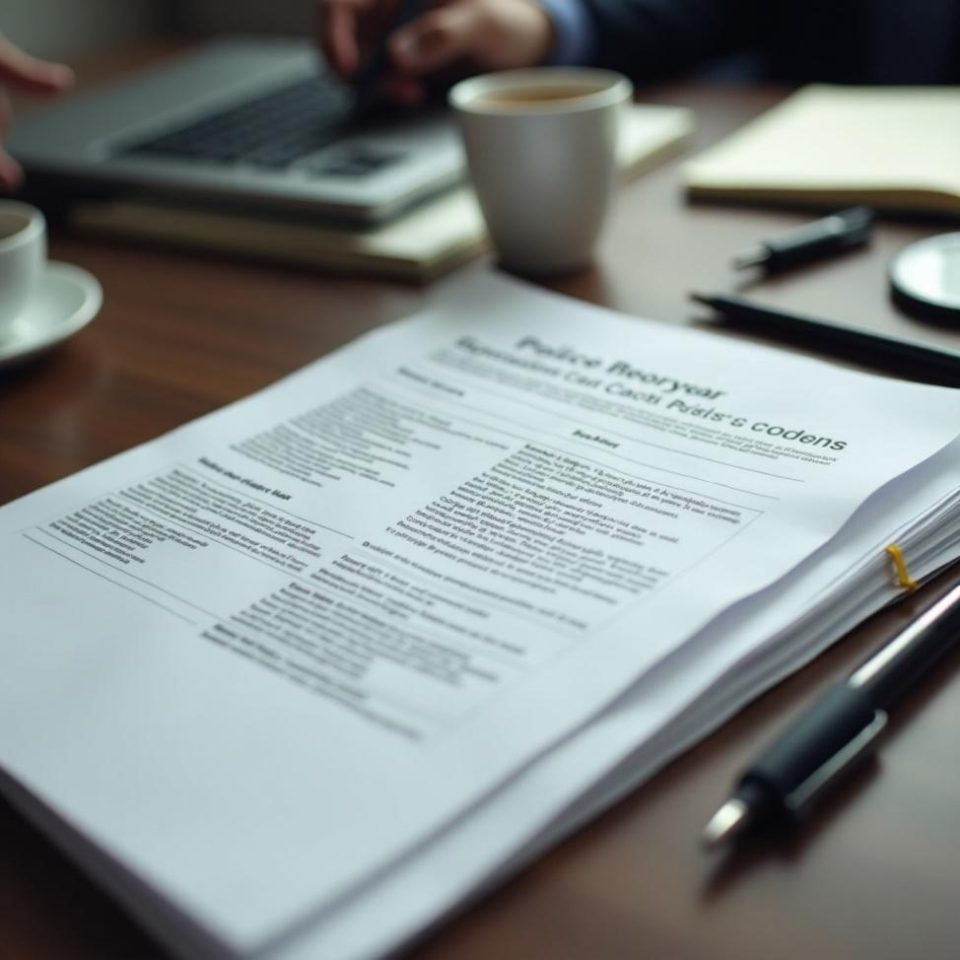When you’re involved in a personal injury case, drafting a strong, comprehensive demand letter is a critical step in seeking compensation for damages. A demand letter sets the tone for settlement negotiation and outlines your legal claim in detail, helping to initiate resolution without immediate litigation.
Understanding the Purpose of a Demand Letter
A demand letter serves as a formal communication to the at-fault party’s insurance company or legal representative. It summarizes the incident, explains liability, details the injury sustained, and specifies the compensation sought. This letter becomes a cornerstone of your legal strategy and provides a starting point for negotiation.
Working with Your Attorney to Establish the Facts
Before drafting the letter, your attorney will gather essential documentation and evidence. This includes medical records, accident reports, witness statements, photographs, and invoices related to recovery expenses. Effective communication between attorney and client ensures that all relevant facts are included, strengthening your claim.
Including Comprehensive Documentation
Documentation is central to the success of a personal injury demand letter. Medical bills, treatment plans, proof of lost wages, and any correspondence with insurance companies must be clearly outlined. This substantiates the extent of your injury and associated financial impact. Accurate records help validate your claim and set a factual basis for the compensation amount.
Outlining Damages and Losses
A compelling demand letter itemizes all damages, including medical expenses, lost income, property damage, and pain and suffering. Your attorney will use this section to highlight both economic and non-economic losses, illustrating the full scope of your injury’s effect on your life. This helps the opposing party understand the legitimacy and severity of the claim.
Establishing Liability Clearly
A key objective in any demand letter is to establish the opposing party’s liability. Your attorney will present a factual narrative supported by evidence that indicates how the accident occurred, who was at fault, and why the responsible party bears legal liability. This clarity can prompt a faster and more favorable resolution.
Calculating a Fair Settlement Amount
Your attorney will help you determine a reasonable and justifiable settlement figure. This involves evaluating the total cost of damages and projecting future expenses related to recovery. Strategic consultation ensures that the amount requested reflects your injury’s short-term and long-term impact, setting the stage for productive negotiation.
Framing the Letter for Maximum Impact
Tone and structure matter when presenting a demand letter. Your attorney will craft the letter in a professional and assertive manner, ensuring the communication is respectful but firm. The content will avoid inflammatory language and focus on factual, persuasive points, making it more likely to receive serious consideration.
Communicating Legal Representation Effectively
Mentioning legal representation in the demand letter signals to the insurer or opposing counsel that you are prepared to pursue litigation if necessary. This can motivate the recipient to take your demand more seriously. Clear identification of your legal advocate also centralizes all future communication through your attorney, maintaining strategic consistency.
Integrating Evidence into the Narrative
Well-structured personal injury demand letters weave key pieces of evidence into the narrative. Instead of simply attaching documents, your attorney will reference them directly in the body of the letter. For example, citing a medical report when describing treatment or referencing photos when detailing the accident site adds credibility and depth.
Establishing a Deadline for Response
Your attorney will typically include a response deadline in the demand letter. This encourages timely negotiation and prevents unnecessary delays. A reasonable deadline—often around 30 days—creates urgency while allowing the opposing party sufficient time to evaluate the demand.
Reviewing the Letter with Your Attorney
Once the draft is complete, you and your attorney will review the letter together. This ensures all facts are accurate, the tone aligns with your legal strategy, and every aspect of your claim is covered. This collaborative review process helps produce a polished, persuasive document.
Using the Demand Letter as a Negotiation Tool
While the demand letter initiates the claim process, it also serves as a foundation for ongoing negotiation. The insurance company may respond with a counteroffer, deny liability, or request further information. Your attorney will guide you through each step, adjusting the negotiation strategy based on developments and responses.
Preserving Your Rights Through Legal Strategy
A well-crafted injury demand letter helps preserve your legal rights. By clearly stating your position, the facts of the case, and your compensation demand, you lay the groundwork for either settlement or, if necessary, court proceedings. Your attorney’s role as advocate and strategist ensures your rights remain protected throughout the process.
Addressing Disputes and Reaching Resolution
Disputes may arise during settlement discussions. Your attorney will address objections or denials with factual rebuttals and continued advocacy. The demand letter remains a reference point for resolving disagreements, and if negotiations fail, it supports the transition to formal litigation with a documented history of attempted resolution.
Consulting Early and Strategically
Consulting an attorney early in your personal injury case can significantly improve your chances of a successful outcome. Early legal guidance enables more strategic collection of evidence, stronger demand letter construction, and a more focused negotiation process. With the right legal representation, your path to fair compensation becomes clearer and more achievable.
The Role of the Demand Letter in Your Recovery
Ultimately, the injury demand letter is more than just a formal document. It represents your right to be made whole, communicates the legitimacy of your claim, and initiates a process aimed at resolution. With your attorney’s expertise, the letter becomes a powerful advocate on paper, driving the conversation toward a fair and timely settlement agreement.

